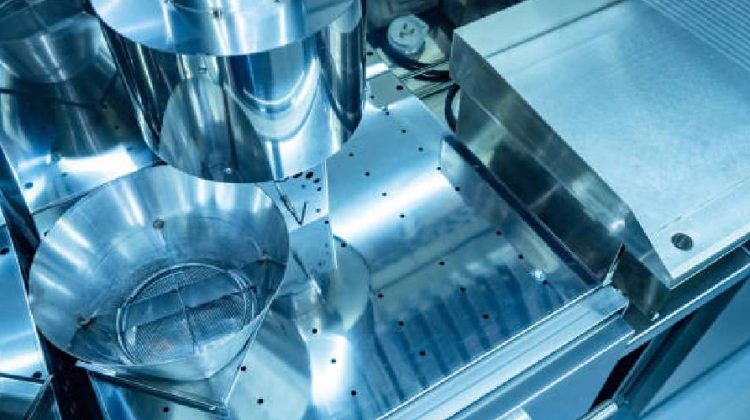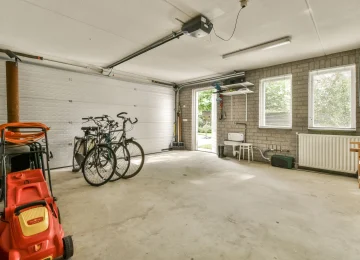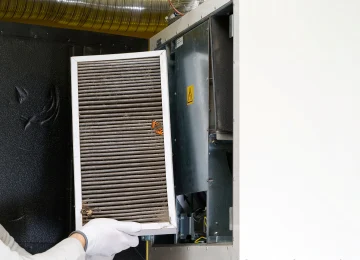🍳 The Secret Ingredient Behind Every Smooth-Running Kitchen
In a bustling restaurant kitchen, chefs are firing up the grill, pans are sizzling, and dishes are flying out to hungry customers. But behind the scenes, something much less glamorous is building up: grease.
When fats, oils, and grease (a.k.a. “FOG”) go down the drain, they don’t just disappear. They cool, solidify, and clog up your pipes—and eventually, the city sewer system. That’s where the grease trap comes in, quietly saving the day.
Whether you’re running a cozy diner or a five-star steakhouse in Edmonton, installing and maintaining a grease trap isn’t just smart—it’s required by local bylaws.
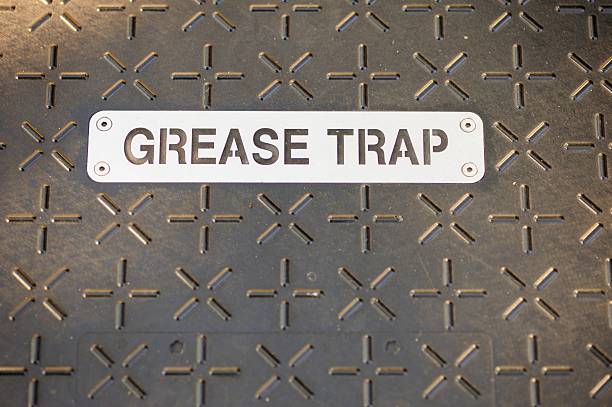
So, What Is a Grease Trap?
A grease trap, also called a grease interceptor, is a plumbing device that captures FOG before it enters your wastewater system. It works like a filter or separator:
- Wastewater flows from your kitchen sink or dishwasher.
- Grease, being lighter than water, floats to the top.
- Clean(er) water flows through to the sewer.
- Grease stays trapped for later removal.
Most traps are located either under the sink (for small operations) or in-ground outside (for large-scale restaurants).
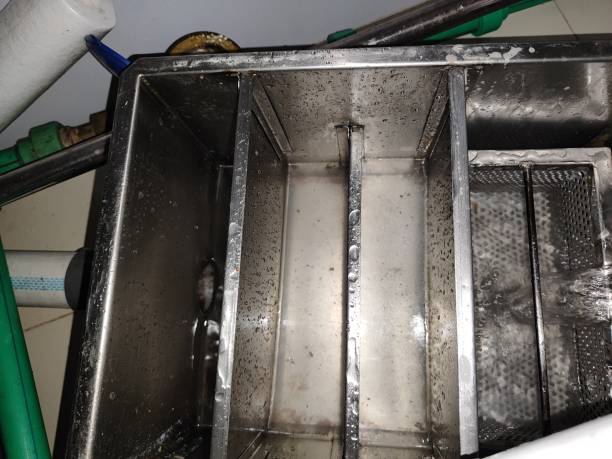
Why It’s Absolutely Essential
If you think you can skip the grease trap, think again! Here’s what’s at risk without one:
1. Pipe Clogs = Disaster
FOG hardens in your plumbing, causing slow drains or full blockages. Backups can shut down your kitchen during peak hours.
💸 Cost to fix a severe clog? Thousands.
2. Legal Requirements in Edmonton
The City of Edmonton requires commercial kitchens to install grease traps and maintain them. No trap = fines, shutdowns, and failed inspections.
3. Environmental Protection
FOG that sneaks into the sewer system causes fatbergs (giant grease-block monsters), which are dangerous and expensive for the city to clean.
Your trap = a cleaner, healthier environment. 🌱
4. Health & Safety
Overflowing grease causes foul odours, slippery floors, and attracts pests. None of those pair well with customer service.
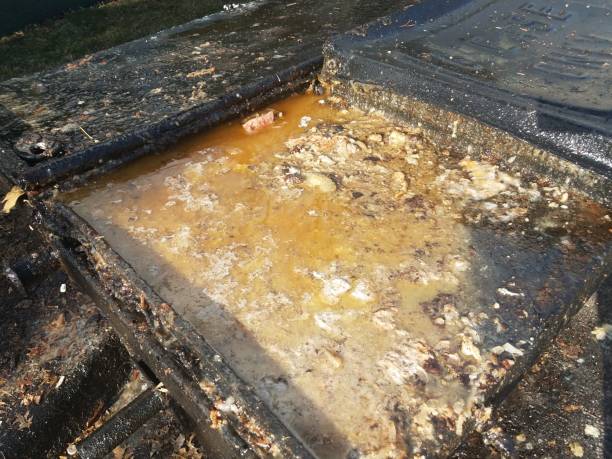
Signs Your Grease Trap Is in Trouble
Even with a trap installed, maintenance is crucial. If you notice any of these signs, it’s time to call Go 2 Plumbing and Heating:
- Slow drainage in sinks or floor drains
- Nasty odours wafting up from drains
- Grease pooling around clean-out access points
- Increased insect or rodent activity in the kitchen
- It’s been more than a month since your last cleaning
How to Maintain a Grease Trap (The Right Way)
Grease traps are not “set it and forget it.” Like your fryer or walk-in cooler, they need routine TLC.
📅 1. Schedule Regular Cleaning
Small in-kitchen traps should be cleaned every 1–2 weeks. Outdoor or larger systems may only need cleaning every 1–3 months, depending on usage.
➡️ We offer scheduled maintenance to keep your kitchen running smoothly (and your inspector smiling).
2. Measure Grease Levels
The 25% Rule: If grease and solids take up more than 25% of your trap’s volume, it’s time to clean.
Our plumbers use dipsticks and sensors to measure accurately.
3. Avoid Grease Trap Abuse
Train your staff to:
- Never pour oil down the drain 🚫
- Scrape plates before washing 🍽️
- Use sink strainers to catch solids 🍟
A little education goes a long way.
4. Inspect for Damage
Look out for:
- Rusted or cracked lids
- Broken baffles inside the trap
- Loose connections or leaking joints
If your trap’s looking worse for wear, we can repair or replace it fast—often same day.
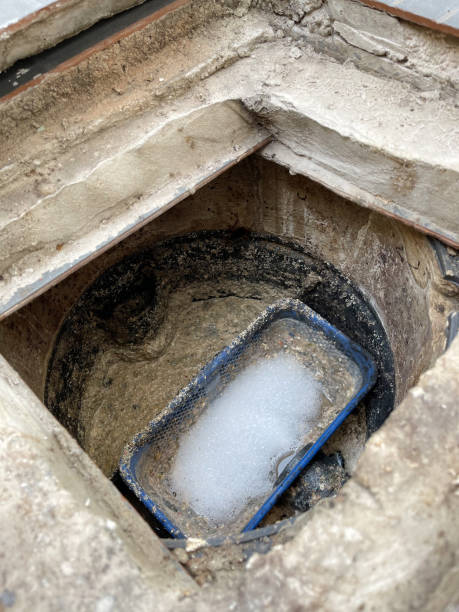
Grease Trap Cleaning: Behind the Scenes
Ever wonder what goes into a professional grease trap cleaning?
Here’s what we do at Go 2 Plumbing and Heating:
- Prep the Area: We make sure your kitchen stays safe and clean.
- Pump & Scrape: We remove all grease, sludge, and solid waste.
- Power Wash: We scrub the trap to remove stuck-on residue.
- Inspect & Report: We check for cracks or issues—and give you a report for your records.
- Recycle Waste Responsibly: Edmonton has strict disposal guidelines, and we follow them to the letter.
🧤 It’s a dirty job—but we do it, so you don’t have to.
Real-Life Grease Trap Woes
We once got an emergency call from a local burger joint (we won’t name names!). Their kitchen sinks stopped draining mid-lunch rush. Our tech arrived within 30 minutes, opened the trap, and… it was packed full of rancid sludge.
Their last cleaning? Four months ago.
We pumped it, cleaned the lines, and had them up and running in under two hours—but they lost nearly a full day of sales.
Moral of the story? Maintenance matters.
Why Choose Go 2 Plumbing and Heating?
- 24/7 Emergency Response – grease doesn’t care what time it is
- Experienced in Commercial Kitchens – we work with restaurants, cafeterias, food trucks & more
- Grease Trap Installation & Upgrades – we size, install, and replace grease traps to meet Edmonton codes
- Scheduled Maintenance Plans – we’ll remember to clean it so you don’t have to
Whether you’re running a hole-in-the-wall or a high-end bistro, we’ve got your back.
✅ Ready to Trap That Grease?
If you’re running a restaurant in Edmonton, a grease trap isn’t optional—it’s essential.
And maintaining it? That’s how you keep your kitchen cooking and customers smiling.
Let Go 2 Plumbing and Heating handle the dirty work so you can focus on your menu.
🍳 Get your FREE grease trap inspection or quote today!
📍 https://www.go2plumbers.ca/contact-us/
📞 Call us anytime (yes, even during brunch): 780-850-8817

